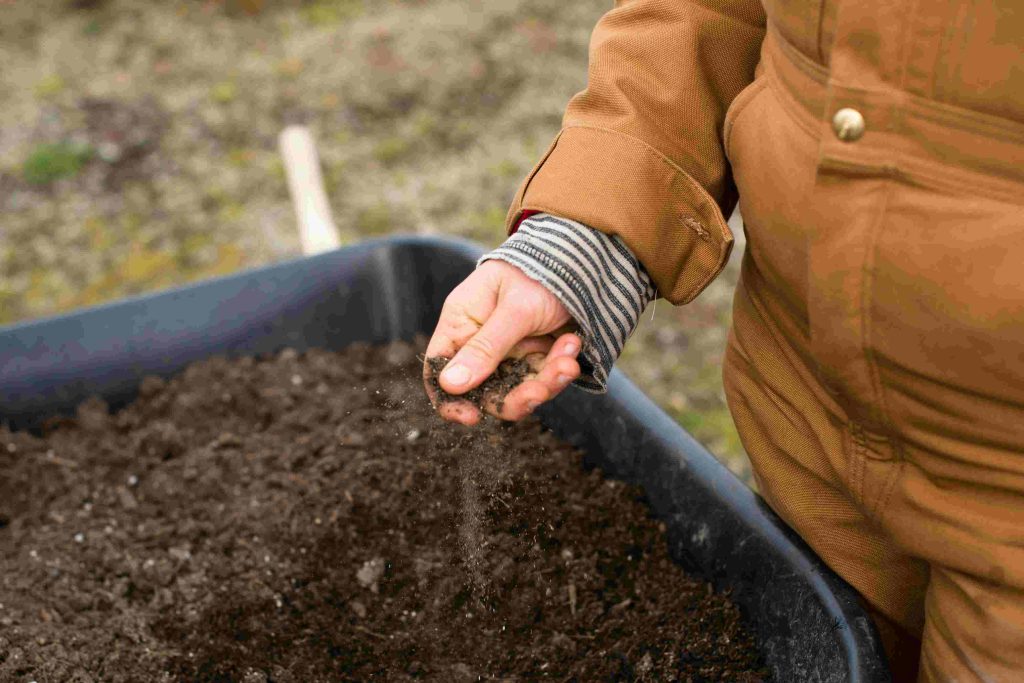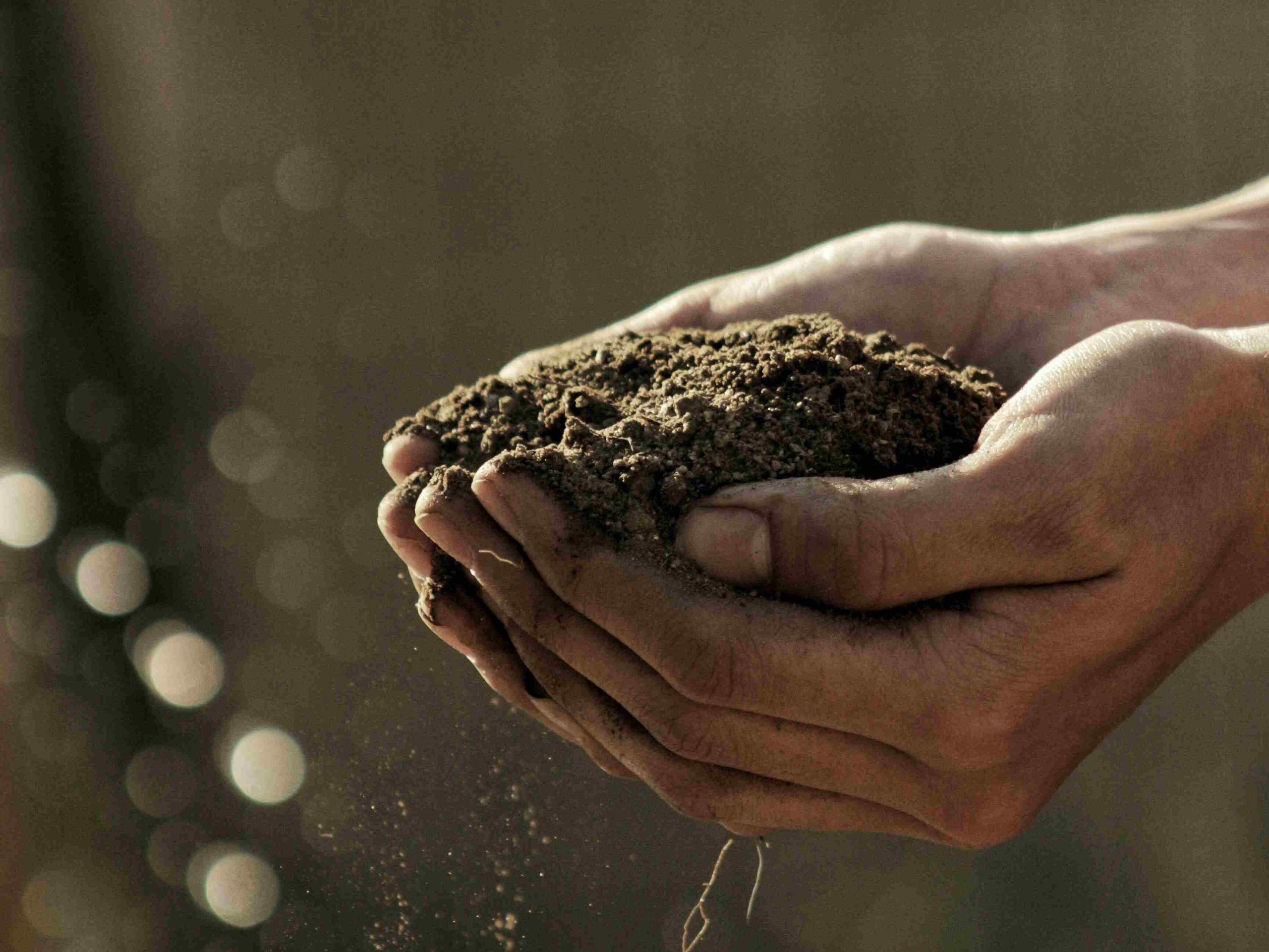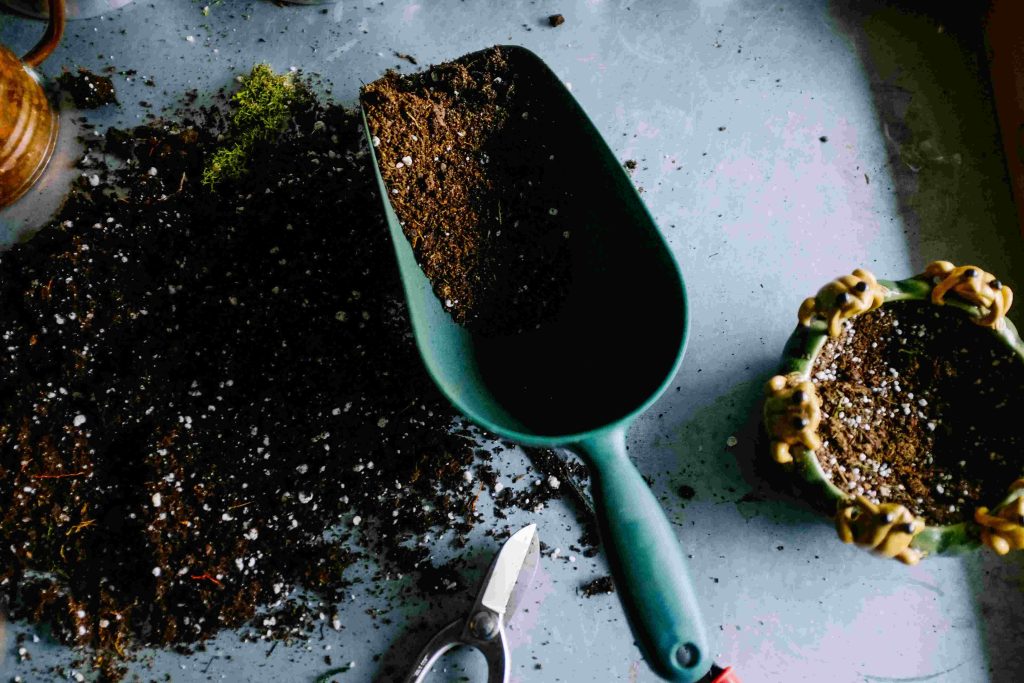Have you ever wondered if you can just scoop up some soil from your garden and use it for your indoor plants? It’s a common question, especially if you’re looking to save a little cash or use what you already have at home! But here’s the deal—soil isn’t just soil. The type of soil you choose can make a big difference in how well your plants thrive, especially indoors.
Indoor plants have different needs than outdoor ones. Inside, they don’t get rain or fresh air circulation, so the soil has to work a bit harder to keep them healthy. Using the right kind of soil means better growth, healthier leaves, and—yes!—less chance of dealing with bugs or root rot. By the end of this post, you’ll know exactly why garden soil and indoor plants aren’t always the best match and what options will keep your indoor garden happy and thriving. Let’s dive in!
What Are The Differences Between Garden Soil and Potting Soil?
Actually, garden soil and potting soil are pretty different! Garden soil or which is called topsoil is perfect for the great outdoors—it’s packed with natural nutrients, tiny creatures, and microbes that help plants grow strong. But indoors, this rich outdoor soil can run into trouble. Let’s dive into the deep.
Garden soil tends to be heavy and dense, which is great for plants in the ground because it keeps them stable. But when you bring it indoors and put it in a pot, it can compact too much, blocking air from getting to the roots. Roots need air to grow, and without it, your plant can struggle to get the oxygen it needs.

Potting soil, on the other hand, is like the VIP mix for indoor plants. It’s light and airy, designed to give your plants all the space they need to stretch their roots. Potting mixes usually contain materials like peat moss, perlite, or coco coir to boost drainage and aeration—no suffocating roots here!
So, if you’re deciding between using garden soil or a good potting mix, think about the environment. Garden soil is great outside, but inside, it can cause more problems than it solves. A potting mix may cost a little extra, but it gives your indoor plants exactly what they need to flourish.
Can I use garden soil for indoor plants?
It’s generally not recommended to use garden soil for indoor plants. Garden soil is usually too dense and heavy for indoor environments, which can lead to issues like poor drainage, compacted roots, and even pest problems. Indoor plants thrive best in potting mix, which is specially formulated to provide good airflow, drainage, and the right balance of nutrients.
Potential Issues with Using Garden Soil Indoors
Alright, let’s get into the “why not” of using garden soil for your indoor plants. It might seem convenient to use what’s already in your backyard, but garden soil can actually bring along a few problems when it’s inside!
Drainage Drama
Garden soil is heavy and can hold on to water like a sponge. Indoors, this can quickly lead to poor drainage, and before you know it, your plant’s roots are sitting in soggy soil. Soggy roots mean one thing: root rot! And root rot means sad, unhealthy plants.
Pest Party
Garden soil is home to all kinds of bugs, worms, and bacteria—which is fantastic outside where they help the soil stay healthy. But when you bring it inside, you’re also inviting pests to set up camp in your pots. These little critters can spread and cause issues for your plants, and no one wants a pest problem on their windowsill!

Nutrient Needs
Garden soil has nutrients, sure, but they aren’t always the ones your potted plants need long-term. Indoor plants often need a balanced diet of specific nutrients to stay healthy in pots. Without that balance, they might not grow as strong or vibrant as you want them to.
Poor Aeration
Roots need oxygen to grow, just like we need air to breathe. When garden soil is packed into a pot, it can become dense, making it hard for air to reach the roots. This lack of oxygen can slow down your plant’s growth or even cause it to wilt.
So, while garden soil seems like a natural choice, it brings along some baggage that indoor plants just don’t need. A little extra investment in a good potting mix can avoid these issues and help your indoor plants thrive!
Can You Modify Garden Soil for Indoor Plants?
Yes, you can modify garden soil to make it work indoors, but it takes some extra effort! With the right tweaks, garden soil can become more suitable for potted plants.
Add Some Airiness
Garden soil can be compact, so adding ingredients like perlite, sand, or coco coir can make it lighter and better-draining. Perlite (those little white bits you see in potting soil) is a popular choice because it helps keep the soil fluffy and improves aeration. Sand also loosens up the soil, giving roots space to breathe.
Increase Drainage
Indoor plants need soil that doesn’t trap water, so adding a bit of coarse sand or vermiculite can make a big difference. These amendments let water drain quickly, preventing the dreaded soggy roots. Just a handful or two can make garden soil drain more like potting mix.
Sterilize for Safety
If you’re planning to use garden soil inside, it’s smart to sterilize it first to kill any pests, bacteria, or fungi that could harm your plants. You can do this by baking the soil in the oven (sounds strange, but it works!) or by using boiling water to cleanse it. Sterilizing is a simple step that goes a long way in protecting your plants from unwanted visitors.
Mix in Some Organic Matter
For nutrients, try mixing in compost or worm castings to give the soil an indoor-friendly boost. These organic additives can support plant health over time without overwhelming roots like outdoor garden soil sometimes does.
With these changes, garden soil can work indoors. But for convenience, a good potting mix still saves time and hassle while giving indoor plants exactly what they need. However, if you enjoy a DIY project, modifying garden soil can be a fun way to keep your plants happy!
Alternatives to Garden Soil for Indoor Plants
Looking for the best soil to keep your indoor plants thriving? Luckily, there are some fantastic options out there that work much better than plain garden soil.
Potting Mix: The Indoor Plant Favorite
Potting mix is specially designed for indoor plants—it’s lightweight, drains well, and usually contains ingredients like peat moss, perlite, or coco coir to give your plants the perfect balance of moisture and airflow. Think of potting mix as a tailored home for your indoor plants, giving them just the right environment to grow.

Specialized Mixes for Different Plants
If you have specific plants like succulents or orchids, you can go one step further and choose a specialized mix. Cacti and succulents need a fast-draining, gritty soil, while orchids do best in a chunky mix that mimics their natural, airy environment. These special mixes cater to unique needs, helping each type of plant thrive.
DIY Potting Mix Recipe
Feeling crafty? You can make your own potting mix! A simple mix could be one part compost, one part perlite, and one part coconut coir or peat moss. This DIY approach gives you control over each ingredient and ensures your soil is rich, well-draining, and perfectly suited for indoor life.
With these alternatives, you’ll be well-equipped to pick the best option for your indoor plants. From ready-to-go potting mixes to unique soil-free setups, there’s something to fit every plant parent’s style!
Final Recommendation
To sum it up: while garden soil can be tempting to use indoors, it’s usually not the best choice for your indoor plants. Its heavy, dense nature can lead to poor drainage, compacted roots, and even pest problems indoors. However, with some modifications—like adding perlite for drainage or sterilizing it to remove pests—garden soil can work if you’re in a pinch.
For the healthiest, happiest plants, though, we recommend sticking with a quality potting mix. It’s designed specifically for indoor growing, offering lightness, good drainage, and the right nutrients. But if you’re feeling adventurous and want to experiment with amendments, go for it! Just keep an eye on your plant’s needs and be ready to make adjustments as you go.
With these tips, you’ll set up your indoor plants for success, whether you go with potting soil or a custom mix!

Frequently Asked Questions
1. What happens if I use garden soil indoors without any modifications?
Using garden soil indoors without modifications can lead to a few issues. It tends to hold onto water, which can cause root rot, and it may also bring in pests or bacteria from outside. Plus, garden soil can compact in pots, restricting root growth and airflow. Overall, it’s best to make some adjustments before using it indoors!
2. How can I tell if my indoor plant soil isn’t draining well?
If your plant’s soil isn’t draining well, you may notice that water pools on the surface or takes a long time to soak in. Your plant’s leaves might also start to droop or yellow, which can be a sign of root rot. To check, gently poke your finger into the soil—if it feels soggy and stays that way, drainage is likely an issue.
3. Can I sterilize garden soil for indoor use?
Yes, you can sterilize garden soil to make it safer for indoor plants! One easy way is to bake the soil in the oven at around 180°F (82°C) for 30 minutes. This kills off any pests, bacteria, or fungi. Just be sure to let it cool before using it in your pots.
Conclusion
Choosing the right soil is one of the best ways to give your indoor plants a strong start. While garden soil may seem like a convenient option, it usually doesn’t provide the lightness and drainage that indoor plants need to thrive. A quality potting mix is designed to keep your plants’ roots healthy and happy, making it the ideal choice for most indoor gardens.
That said, don’t be afraid to experiment! If you want to try mixing in a bit of garden soil or other amendments, go ahead—just keep an eye on your plants and adjust as needed. Every plant has unique needs, and finding the right balance can be part of the fun. By focusing on your plants’ well-being, you’ll create an indoor garden that flourishes year-round. Happy planting!

